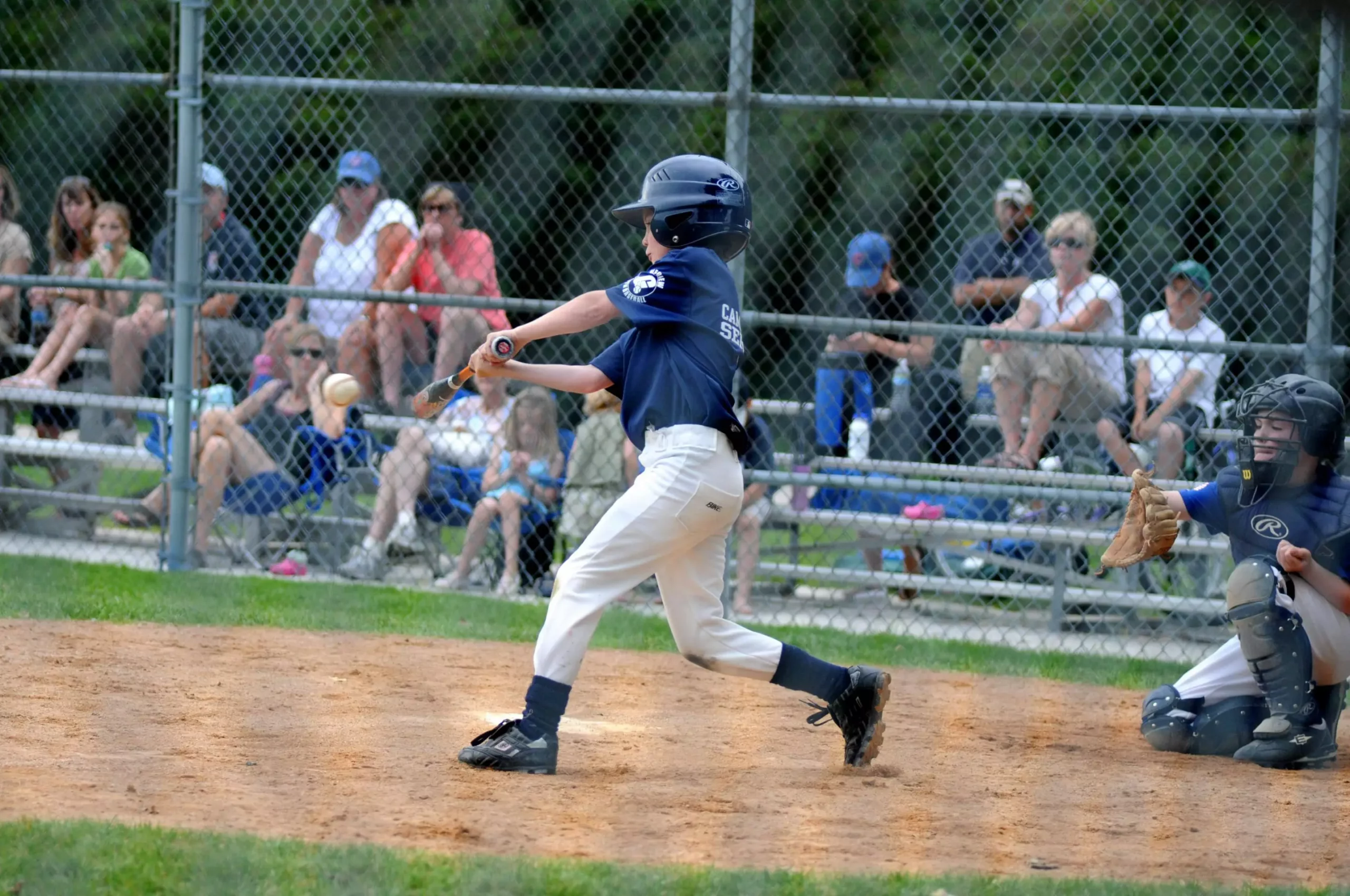The evolution of baseball equipment has significantly influenced the dynamics of the game, particularly at the youth level. In recent years, the debate surrounding metal bats versus traditional wood bats has garnered a lot of attention among players, coaches, and parents alike. While the aim of metal bats was to imitate the performance of wooden varieties, studies indicate they provide a more forgiving experience for young players. This article delves into the findings of a recent study by Washington State University (WSU) and explores the implications for young athletes as they navigate the world of baseball.
In an intriguing investigation, researchers at WSU analyzed the performance differences between wood and metal bats, focusing particularly on youth players. Their experiments, conducted with players averaging 12 years of age, revealed compelling insights. The study concluded that the exit speed of baseballs struck with metal bats could be up to 5% faster than those hit with wooden bats. This performance advantage can be attributed not only to the inherent design of metal bats but also to the limitations that wood bats impose on players who are still honing their skills.
One of the most critical observations made by the WSU research team was that while metal bats performed similarly to wood bats when contact was made at the “sweet spot,” the discrepancies became pronounced with mishits. As Lloyd Smith, the study’s lead author, pointed out, the penalty for hitting off-center with a wood bat was significantly more debilitating. This finding suggests that young players, who often struggle to make perfect contact, could benefit from the leniency of metal bats.
The history of bat technology in American baseball reflects a journey of innovation and regulation. Metal bats were first introduced to amateur leagues in the 1970s; they quickly gained popularity due to their durability and a particular advantage known as the “trampoline effect.” However, as their use proliferated, concerns about fairness and player safety emerged. League officials recognized that the performance enhancements granted by these bats were skewing the competitive landscape, prompting a series of restrictions beginning in the 1990s.
Several studies laid the groundwork for the establishment of new standards, designed to ensure that metal bats would not provide an unfair advantage over wood. This culminated in the development of the USA Baseball standard, which mandates closer performance to traditional wood bats. It appears that even within these more closely regulated guidelines, a slight edge remains favoring metal bats. However, league officials seem content with this small advantage, as it allows young players to enjoy the game without straining under the weight of a traditional wood bat while still ensuring fair competition.
While the findings from the study underscore the technical advantages of metal bats, it is crucial to highlight that performance isn’t everything. Smith emphasizes a key truth—performance differences among bats pale in comparison to the skills developed by the players wielding them. For young athletes seeking to elevate their batting averages, the path to improvement primarily involves physical strength and skill development.
The study indicates that focusing on conditioning, technique, and practice will yield far more significant benefits than the choice of bat material. As players grow and develop, working on swing mechanics, strength training, and overall athleticism should take precedence, especially as their bodies undergo rapid changes in their formative years.
From a broader perspective, the choice of bat can influence the enjoyment of the game. Coaches and leagues may opt for metal bats not only because of marginally improved performance but also due to their lighter weight, which can enhance young players’ ability to make contact and increase overall batting averages. This improvement in performance can cultivate enthusiasm and passion for baseball among youth, fostering a lifelong love for the game.
There’s an essential balance to strike—while performance-enhancing technologies can help, the core of the game lies in the skill, effort, and enjoyment derived from play. By enabling young players to succeed, even if incrementally, leagues can nurture their love for baseball, ensuring its vibrant future.
The ongoing evolution of baseball bat technology presents an intriguing narrative within the sports landscape, laying bare the tensions between performance, fairness, and the development of young athletes. Understanding these dynamics can guide better decisions for players and leagues, ensuring that youth baseball remains a compelling and enriching experience for all involved.


Leave a Reply